Join us as we delve into the origins of the Margarita, on a journey that takes us to the Château de Bonbonnet, where this precious orange liqueur is the star of the show.
The Origins of the Margarita
At the start of the 20th century, tequila was little known outside of Mexico’s border regions, and using it in cocktails was not in the country’s drinking culture. With Prohibition, many Americans headed south to Mexican cities, where the more adventurous started experimenting with tequila in cocktails. After Prohibition was repealed, these new converts kept drinking it, notably in Los Angeles, where Mexican restaurants in the late 1930s featured a surprising number of tequila based drinks on their menus. However, none of them was the Margarita... yet.
Around that same time, we can look to London for a recipe very similar to the Margarita: at the Café Royal, with the Picador, made with tequila, orange liqueur, and lime juice but just an ever so slightly different spec! Soon after, New York’s Cotton Club introduced a Tequila Sour with the same combination, enhanced by a salted rim for the first time. Though history did not single out these cocktails quite as much — unlike the Margarita — their recipes highlight the following idea:
Before the Margarita was even created, the combination of tequila, citrus, and orange liqueur was, in some way, natural: it showed up repeatedly. - David Wondrich, cocktail historian
As early as the 1870s, that liquid trio appeared in the Daisy cocktail, described by Jerry Thomas in 1876 as a measure of spirits shaken with lemon juice and an “orange cordial.” The original version used whiskey, but soon all the major spirits were brought into the mix. David Wondrich uncovered evidence from 1925 of a Tequila Daisy at Tijuana’s Turf Bar, where a customer had ordered a Gin Daisy. “While I was mixing the drink, I grabbed the wrong bottle — the tequila one. The customer was delighted and spread the word everywhere”. Though Madden never revealed his recipe, this cocktail was famous in Mexico during the 1930s, and if you asked a Los Angeles bartender for a Tequila Daisy, he would know how to make it. Could this the possible origin of the Margarita? After all, the names Daisy and Margarita refer to the same thing in different languages... the puzzle continues!
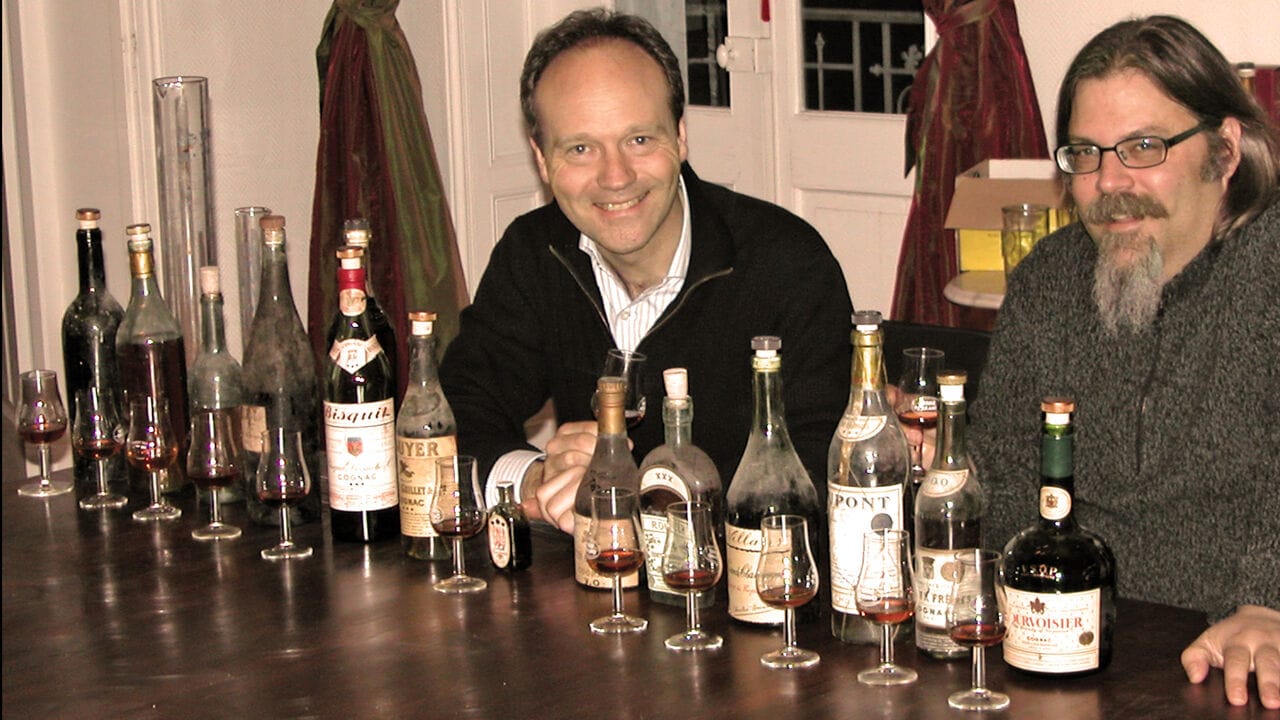
A recipe in search of an author
In 1953, the Margarita was mentioned in the press for the first time, and by 1955, journalists started wondering who was responsible for its recipe. One early investigation pointed to John Durlesser, head bartender at Los Angeles’ Tail o’ the Cock. He claimed to have created this cocktail “in 1937, when tequila appeared here for the first time.” Later on, a more elaborate story emerged: the recipe would date back to 1936, when someone tried to recreate a drink that a customer named Margaret had tasted in Mexico. The cocktail was named Margarita in her honor.
Another version surfaced in the 1960s: the recipe was supposedly created in 1948 for jazz singer Peggy Lee, who wanted “a tequila-based drink without too many complications.” A head bartender, Santos Cruz, mixed her a Sidecar made with tequila instead of cognac. Peggy Lee’s husband came up with the name Margarita — Peggy being a nickname for Margaret, and the drink having a Latin flair.
The 1970s ushered in more contenders: Margaret “Margarita” Sames, a Texas socialite with a house in Acapulco, was said to have invented the cocktail in 1948 during a Christmas party she hosted for several notable American guests. Meanwhile, Francisco “Pancho” Morales claimed — with evidence — that he improvised this cocktail in 1942 at Tommy’s Place in Ciudad Juarez, when an American woman walked in and ordered a Magnolia, a recipe he had forgotten.
Each of these stories has enough plausible details, giving us at least three, or even four, credible claims to the invention of the Margarita!
Ferrand Dry Curaçao for an authentic Margarita
When it comes to the Margarita, orange liqueur is not always the first ingredient you think of. Yet it’s a key flavor in the historical version of this classic, and a crucial component to balance out the lime’s acidity. In fact, during a conversation between Alexandre Gabriel, founder of Maison Ferrand, and David Wondrich, the latter pointed out: “The world is missing a true dry curaçao. They’ve all disappeared.” That remark felt like a personal challenge to Alexandre Gabriel: bring back the original Dry Curaçao!
It took months of research, which involved scouring over old books and sampling vintage curaçaos from the late 19th or early 20th century. After 40 test recipes and many sample samplings with David Wondrich, the ideal formula was finally born! Among those trials, an old French curaçao called Cusenier stood out with the most remarkable taste. Its aromatic complexity could only be explained through the use of multiple layered infusions.
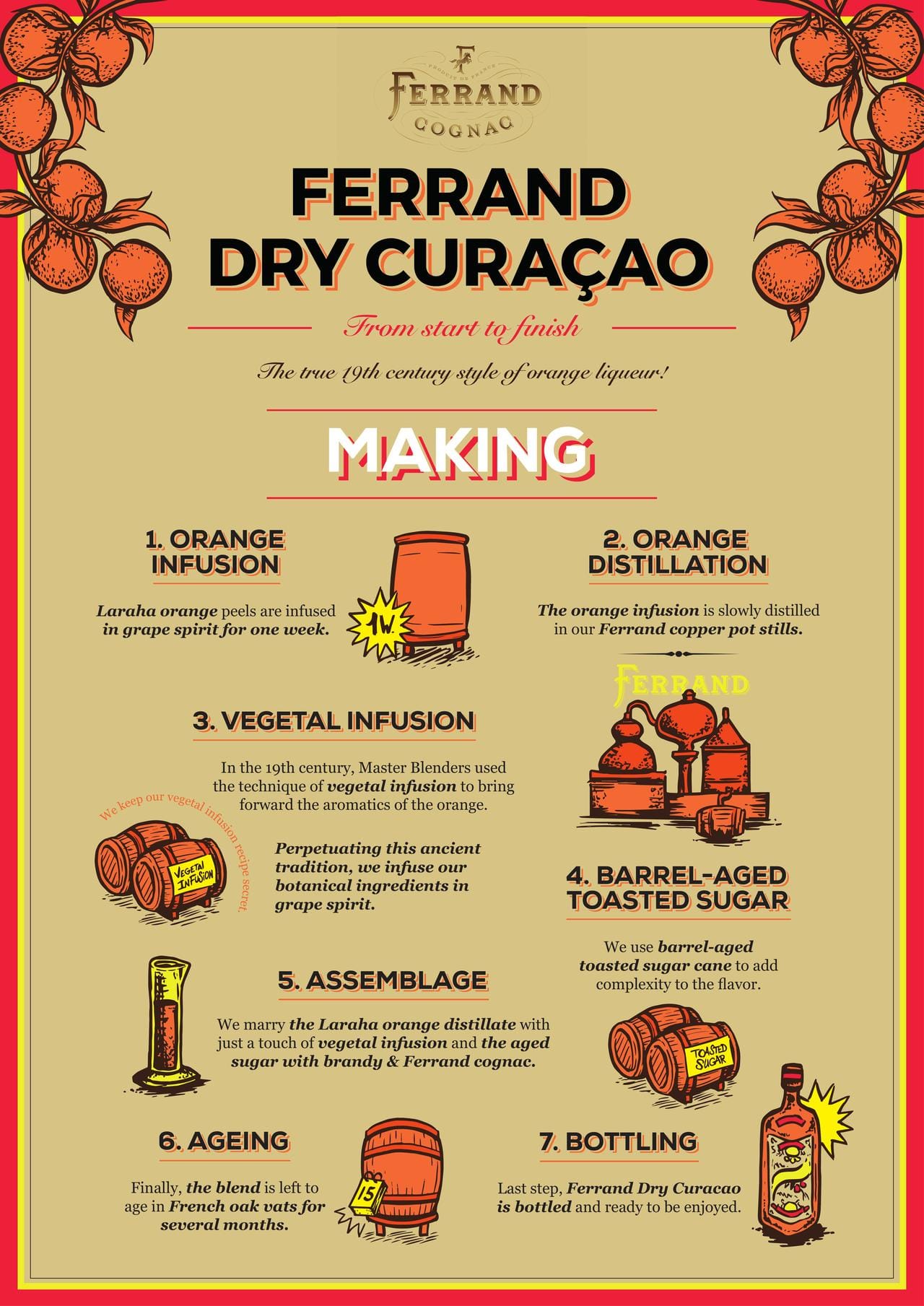
This is why we use a “triple infusion” method to make our Ferrand Dry Curaçao: first, we soak orange peels in grape spirit, then distill them in our Stupfler still before a second infusion. The result is then blended with cognac infused with other botanicals — this “botanical infusion” is only used sparingly to let those delightful bitter orange notes shine through in your Margarita. Here is our ideal recipe:
Ingredients:
- Ferrand Dry Curaçao: 2.5 cl / 1 part
- Tequila Blanco: 5 cl / 2 parts
- Fresh lime juice: 1.5 cl / 0.5 part
Method:
- Add ice and all ingredients to a shaker
- Shake vigorously till shaker is frosted on the outside
- Strain and serve in a Margarita glass (or Martini or coupe) with a salted rim
Cheers!
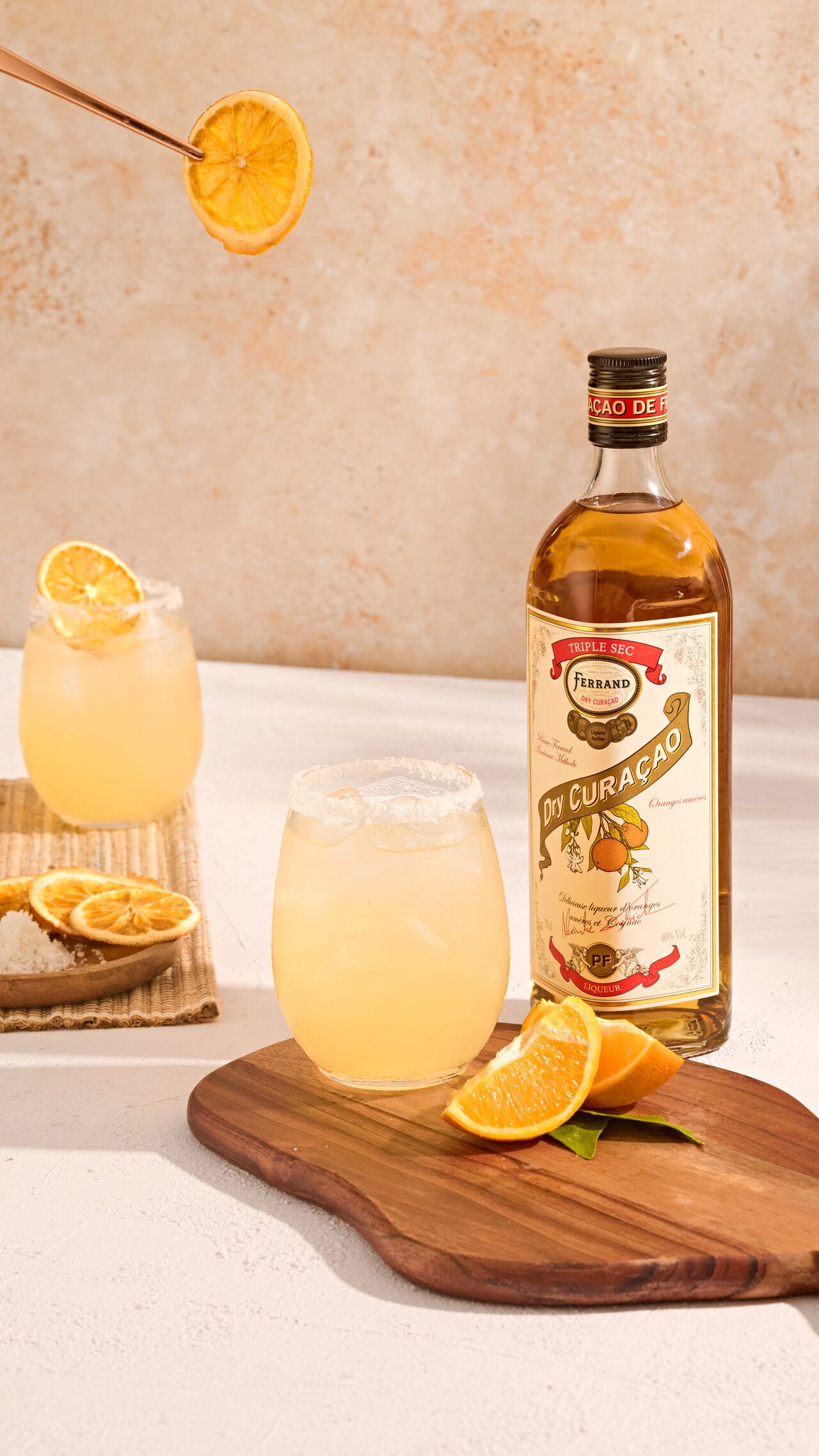

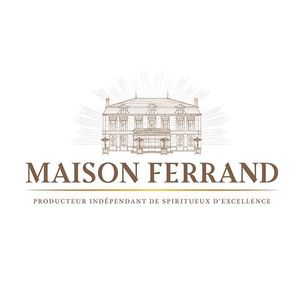
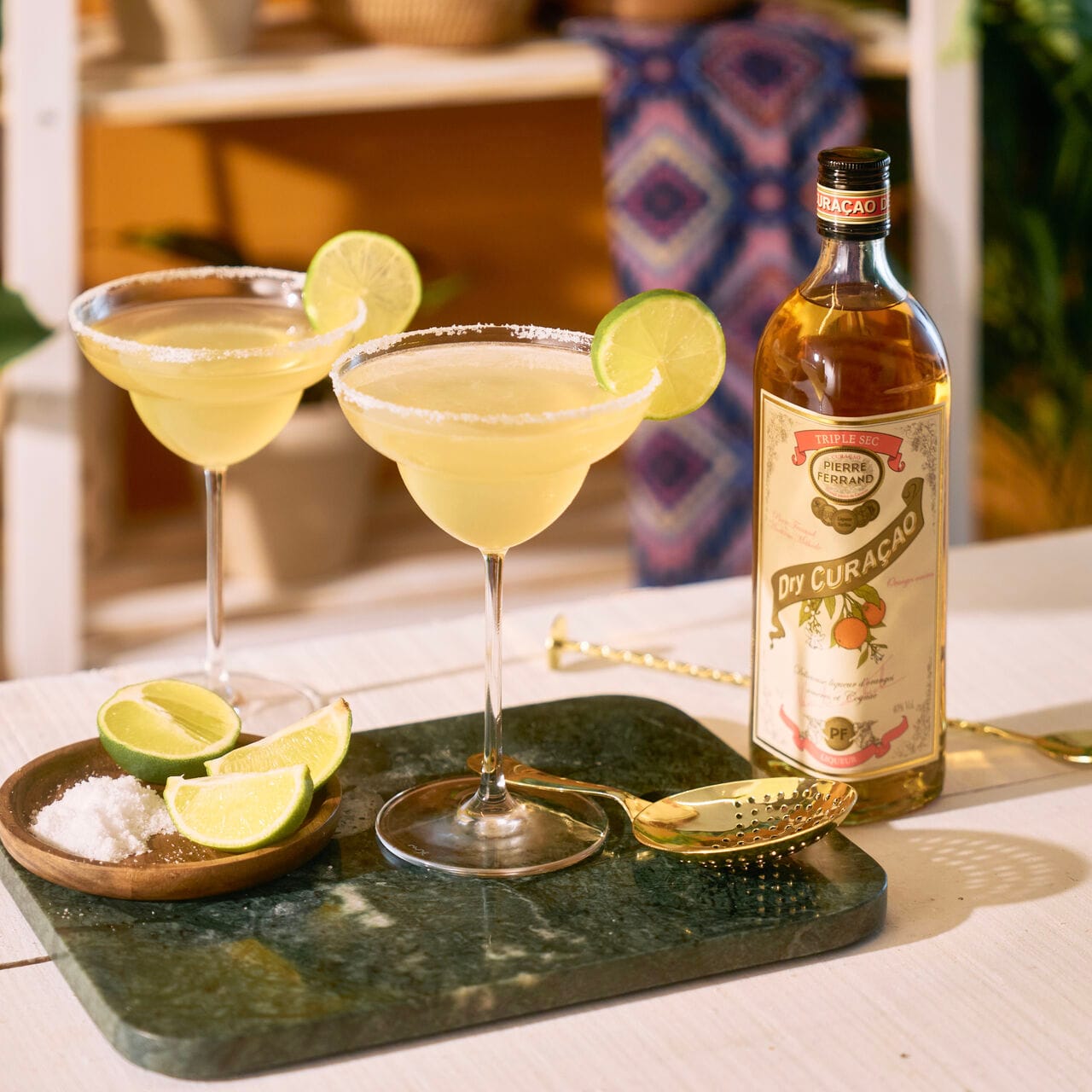
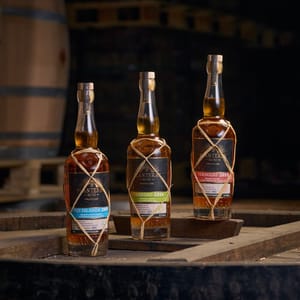
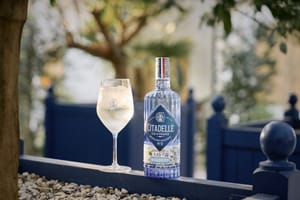
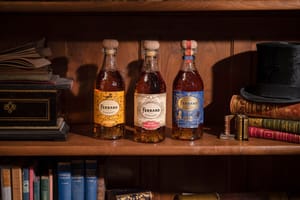
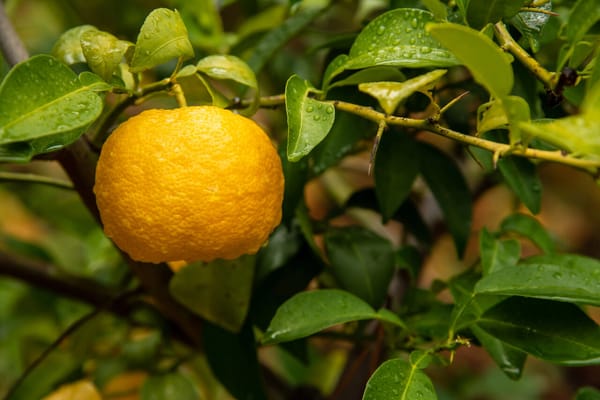
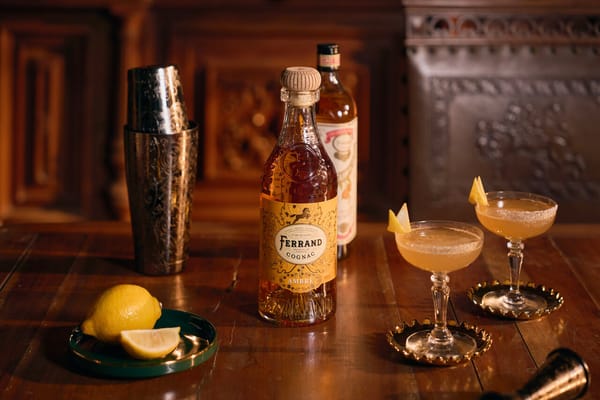
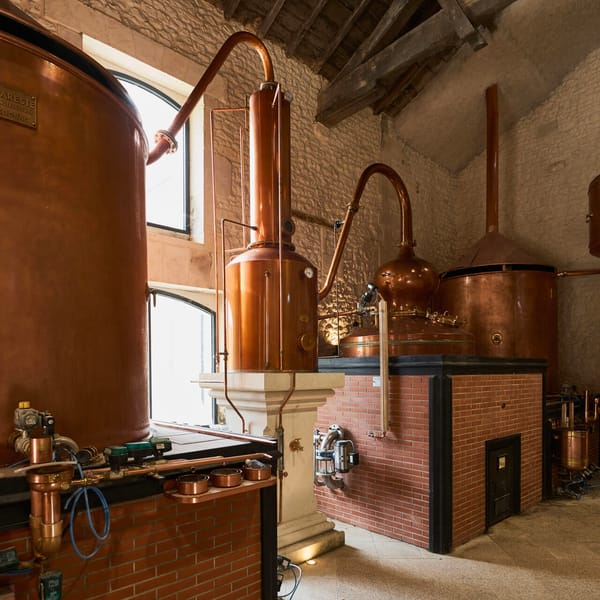
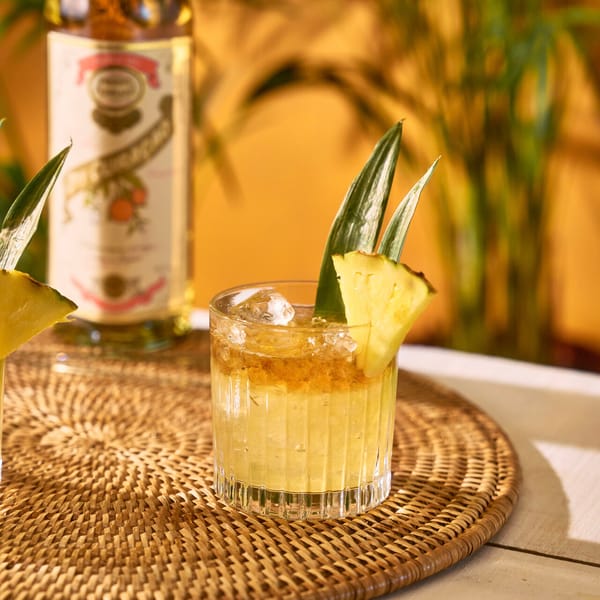
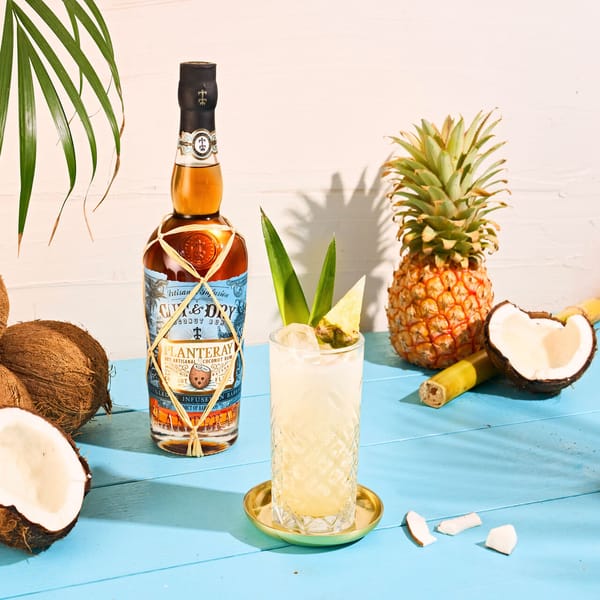
Member discussion